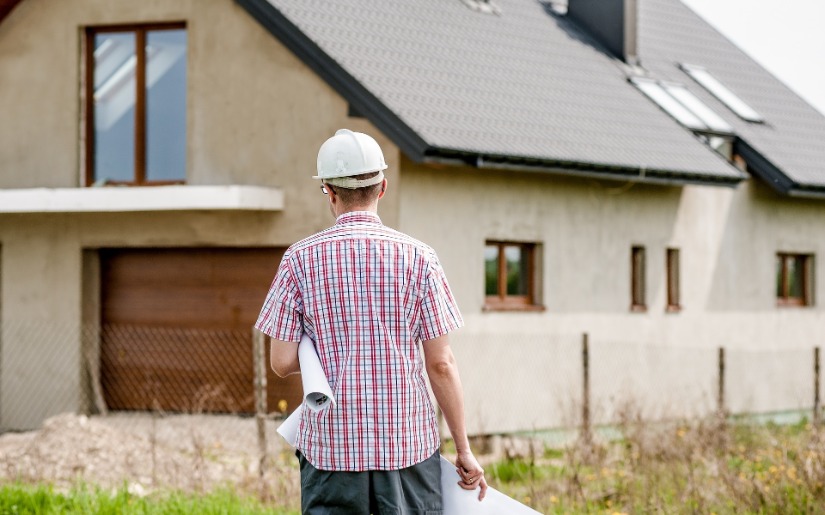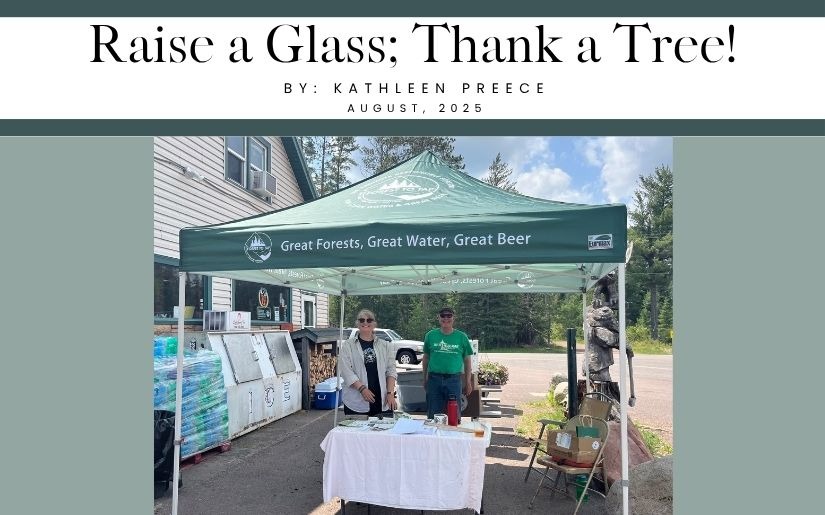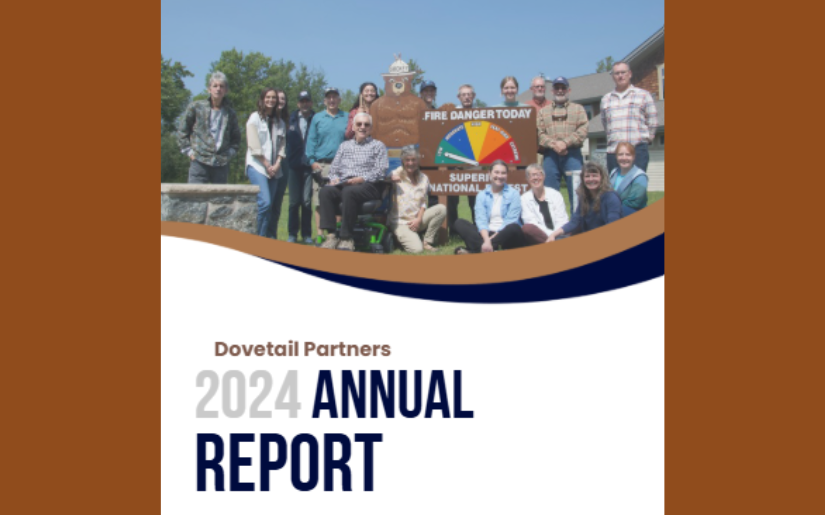This article reviews recent updates and proposed changes to the most prominent green building programs in the United States. Included in this review are the USGBC’s LEED-NC and LEEDH programs, NAHB’s National Green Building Standard, and GBI’s Green Globes program. The report focuses on each programs strengths and weaknesses that impact the identification of environmentally preferable construction materials, including how each addresses indoor air quality (in relation to materials), life cycle assessment, recycled-content and salvaged materials, certified products, locally-sourced materials, biobased materials, and material consumption reduction.
Our conclusion is that critical issues related to designation of environmentally preferable construction materials remain unaddressed in most green building programs. Furthermore, variability in the standards is causing confusion, and proliferation of scientifically unsubstantiated prescriptive standards is occurring as new programs are developed and existing programs are revised. Despite the strong adoption rate for green building programs, there is much room for improvement and work needs to be done to reach the goal of ensuring that programs truly result in improved environmental performance. To this end, expanded adoption of life cycle assessment for identification of environmentally preferable materials is essential.
- Lead AuthorBowyer & Lindburg
- DateMay 2008
- CategoryBuilding, Business Development, Certification, Consumption, Environmental, Management
- Project FileDownload

.png)
.png)



